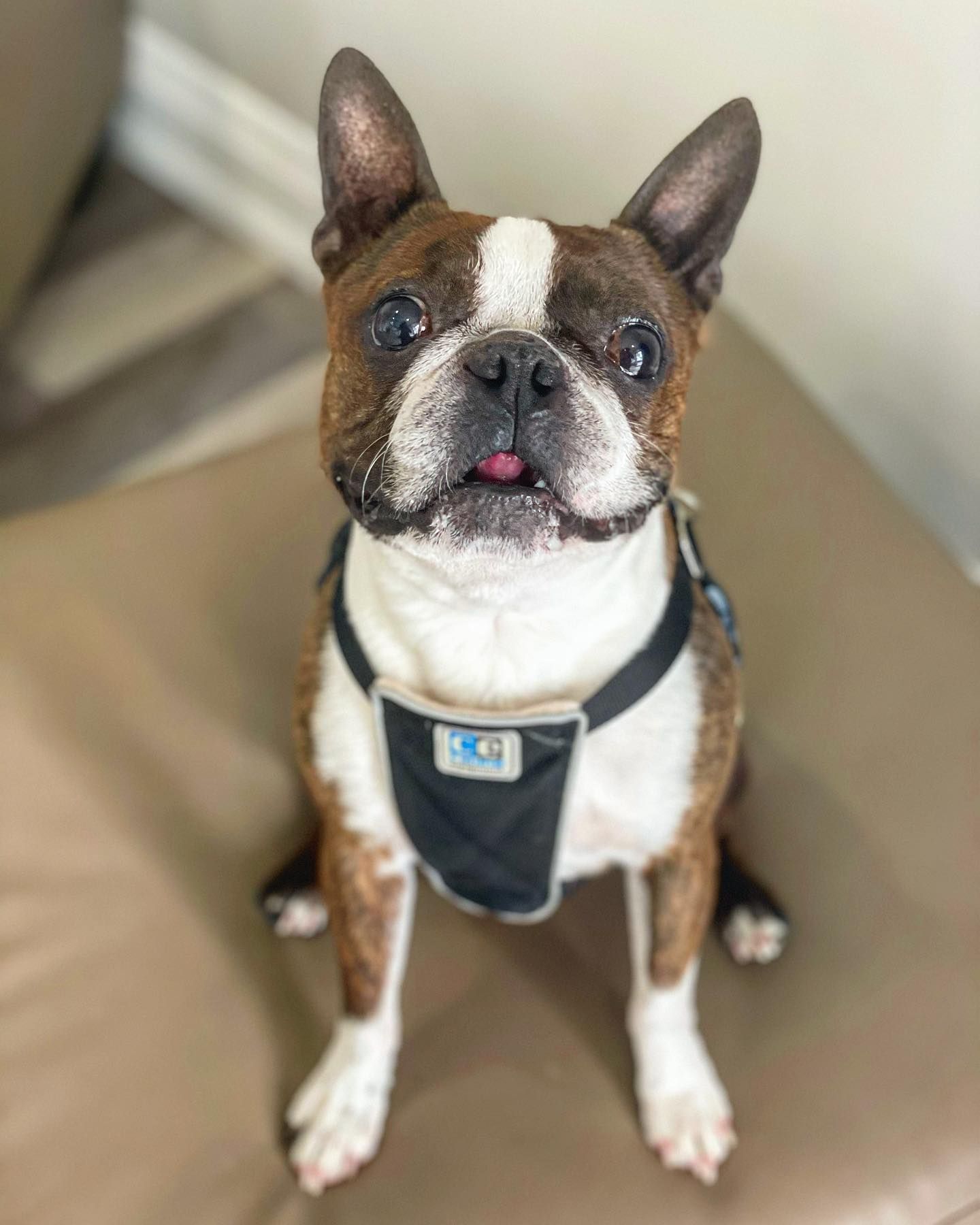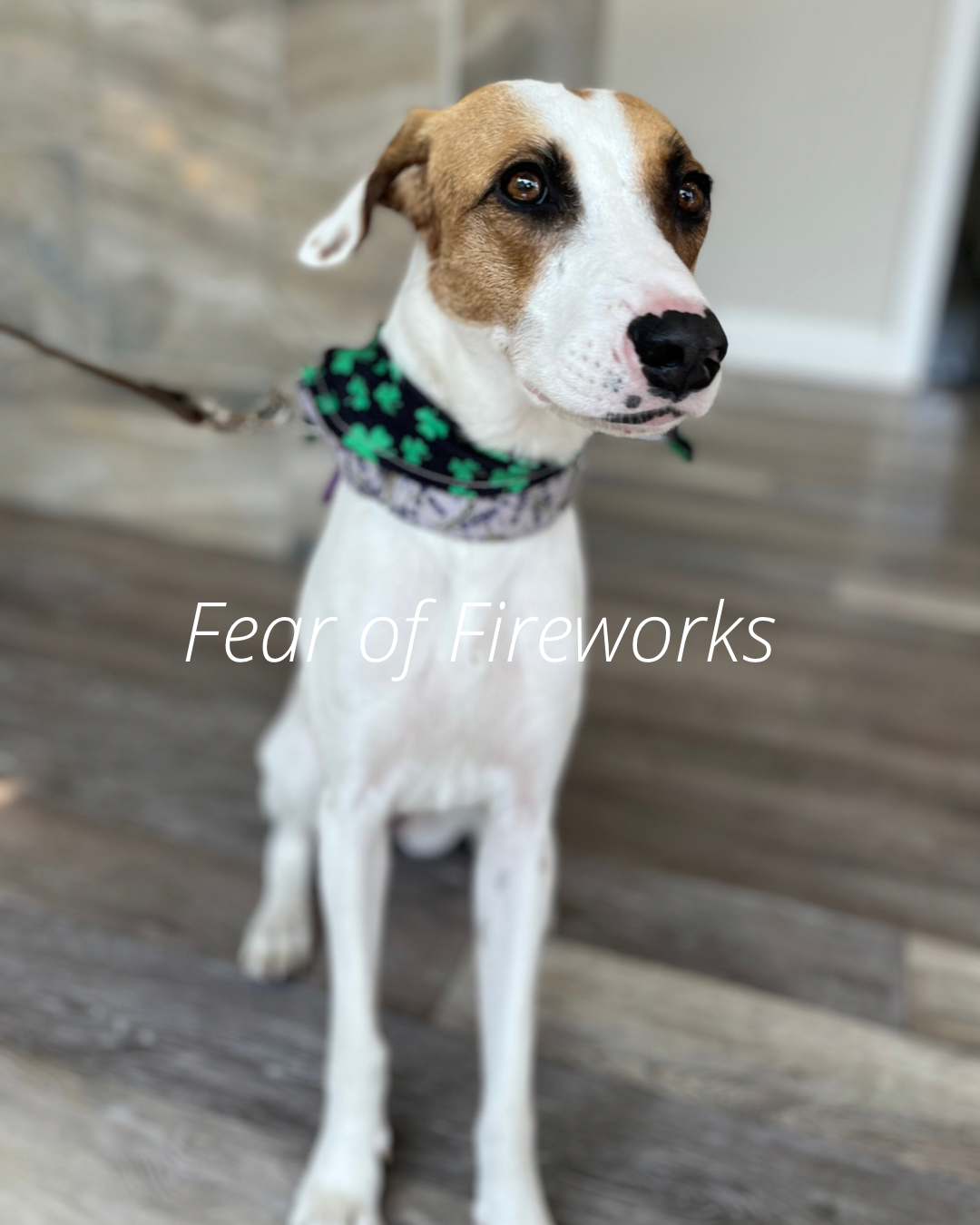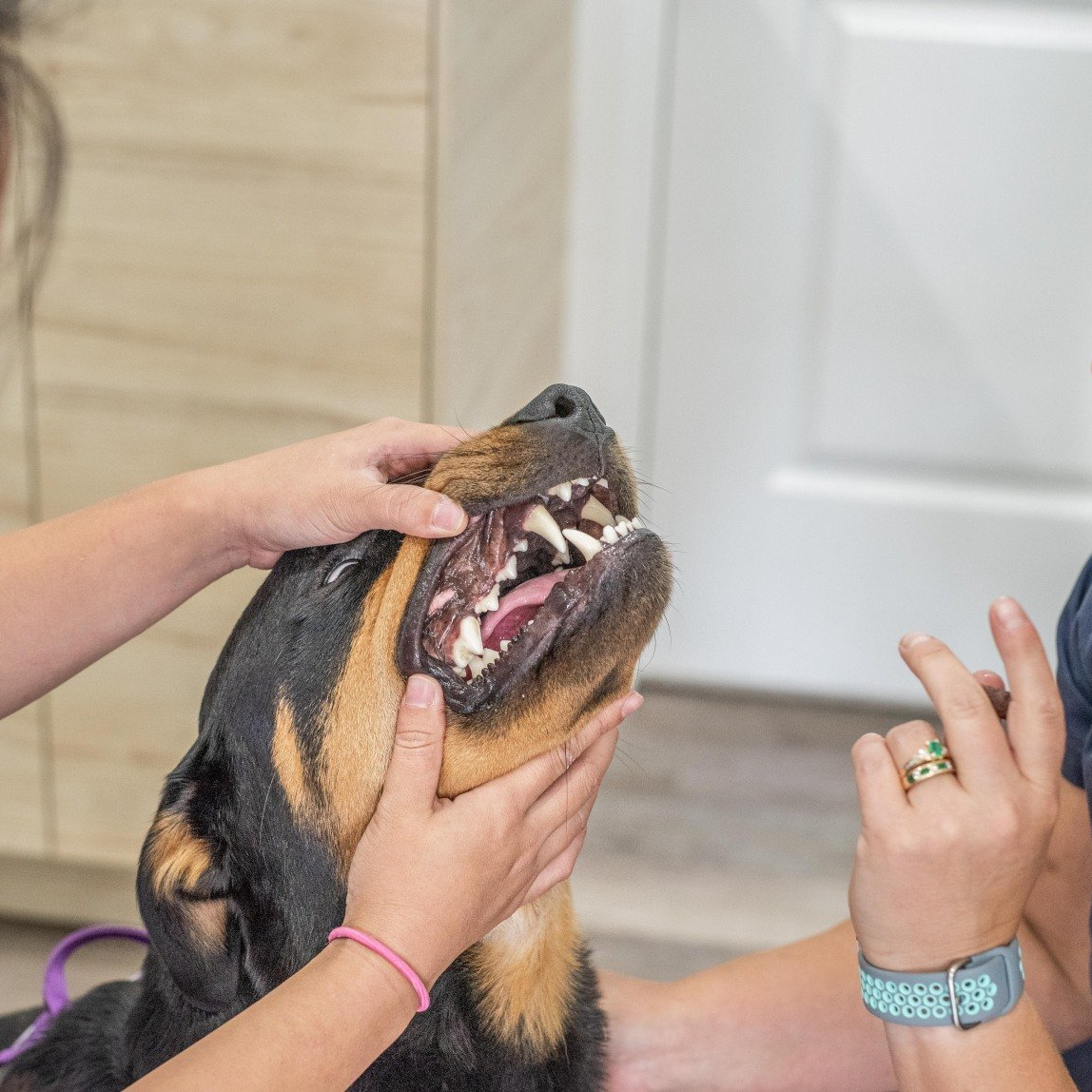Resources For Pet Parents

By CY Mac
•
03 Aug, 2023
August is Itchy Pet Awareness Month! This month was created to help unite pet owners and veterinarians in managing pets with skin conditions. We want to empower pet owners with the resources to identify signs of concern in their pets, and get the veterinary care they need to provide rapid and lasting itch relief. Did you know that allergic/atopic dermatitis (dry, itchy, inflamed skin) is the number one reason for veterinary visits? Even knowing this there are still an alarmingly large number of pets that go untreated by a veterinarian every year, often simply because owners are unaware of what to look for. Your pet’s itch could be caused by: Flea allergy Environmental indoor and outdoor allergens Food allergy Contact allergy Parasites such as fleas and mites Bacterial or yeast infections Remember, all pets will scratch, lick, bite, and rub. But if it is becoming more frequent or excessive, it may be a sign of an allergic itch. Signs of Itch Include: Excessive scratching. Biting, chewing, rubbing or scooting Frequent licking Recurrent ear problems Hair loss Body odor Skin changes Because the frequency at which something occurs is subjective and will vary depending on who you ask, we often refer to the Canadian Academy of Veterinary Dermatology Itch Scale . It is an incredibly helpful tool for us to be able to objectively measure the severity of itching. Early treatment is always preferred in these types of cases. Severe, prolonged scratching can damage the bond between pets and their owners by interfering with normal activities and increasing stress in pets themselves. It’s not uncommon that pet owners will experience stress, anxiety, and frustration about their pets itch. Especially when they know their pet is uncomfortable but aren’t sure how to help. Check out our Dermatology Page for more information and resources. If your pet is itching for help, don’t wait. Reach out to the M.A.C. team today at 905-208-9933 or at reception@macvets.com to see how to get help for your pet’s itch, fast.

By CY Mac
•
20 Jul, 2023
Many people love spending the long, warm days of summer outside with our canine companions, but being outside without the proper precautions in hot weather can be dangerous for our pets. Here are some of our top tips for keeping your pup cool in the heat: Adjust your walking routine Aim to go for walks either early in the morning, or later at night when it’s cooler. If you do choose to walk during the day, remember to check the temperature of the pavement. A good rule of thumb is that if it’s too hot for you to walk on it comfortably in bare feet, then it’s too hot for your puppy's paws! Provide lots of fresh, cool water Dogs can get dehydrated quickly, and it is therefore important to ensure there is always water easily accessible. Remember to take some on the go with you, even for just short walks. Provide cool surfaces to lie on A cool, damp towel is an inexpensive and easy solution. Reduce the amount of walking and exercise Even though it is tempting to keep our little ones' routine the same, their safety is more important. Providing activities indoors such as puzzle feeders or long lasting lick toys will help to keep them calm and occupied. Provide water playtime Try setting up a sprinkler or kiddie pool (preferably in the shade) to let them play in while supervised. Prevent sunburn Did you know that dogs can get sunburnt too? Those more prone are those with no hair, with white or thin coats, and dogs with light pigmented noses and eyelids. Applying a pet safe sunscreen or keeping them indoors is best.

22 Jun, 2023
It is common for many pets to be scared of fireworks, and understandably so. These incredibly loud and unexplained bangs are supposed to be something fun for humans, but to our pets they can be frightening! Reasons your might pet might be afraid of fireworks: Fireworks are loud. As humans, we can all appreciate that fireworks are loud. However, dogs have much more sensitive hearing than humans, cats comparably have an even stronger sense of hearing than dogs! Fireworks are unpredictable. Our pets are not able to anticipate when fireworks are going to go off or understand why. Fireworks also occur at random intervals making it difficult for pets to adjust or get used to it. Fireworks can be perceived as threatening. This may trigger their fight or flight response. While dogs tend to be more obviously affected by fireworks, that does not mean your cat isn’t either! Fortunately there are steps you can take to help make fireworks a less stressful experience. The best action you can take is to be prepared before the event begins, and therefore before the fear sets in. Things you can do at home to help your pet feel safe and calm: Keep Them Inside. Ensure they get out for a walk and are able to relieve themselves for the evening before the fireworks start. Create a safe space indoors for them to retreat to where they can remain hidden and away from the noises. A great example is a crate placed in the basement or a large closet. Play White Noise Try leaving on a fan, the TV, or playing calming music in their designated safe space to help muffle out any loud noises. Calming Pheromones Pheromones are natural chemical signals which are perceived by animals. Pheromone products such as Adaptil and Feliway, replicate these calming messages which are species specific. Utilising calming pheromones around the home, especially in your pet’s designated safe space, can help relieve anxiety and stress. Training Behaviour modification by working on desensitisation and counter-conditioning will help in getting your pet more comfortable with the noises. Training is a lifelong endeavor and must be kept up with year round to help your pet prepare for the firework season before it begins. Speak With Your Veterinarian Talk to your veterinarian about calming supplements or medications. If you have a pet who is afraid of fireworks, our team at Mac Animal Clinic would be happy to help you make fireworks a less stressful experience for both you and your pet.

By CY Mac
•
31 Jan, 2022
A high quality pet food requires a precise blend of ingredients to meet a specific nutrient profile based on a pet's life stage, lifestyle of disease condition. This is the advantage to choosing a diet or recipe that has been formulated by a licensed veterinary nutritionist. A qualified veterinary nutritionist or PHD or Masters in animal nutrition will ensure that these nutrients are delivered to your pet in the right ratios for their stage of life. Home cooking is a great alternative to kibble. However, there are two key factors in feeding a home cooked diet safely. Ensure the food is cooked! Feeding raw food does not have any additional benefits but many additional zoonotic risks. Ensure that the diet is formulated by a veterinary nutritionist or PHD Animal Nutritionist. Looking for some kibble alternatives? There are some great resources for that! Hilary’s Blend “Complete and Balanced” Cook book – to be used with Hilary’s Blend supplement Balanceit.com – software allows you to create a diet for pet’s specific life stage, dietary sensitivities, and nutrient requirements. To be used with the Balanceit supplement. Designed by board certified veterinary nutritionists. PetDiets - www.petdiets.com run by five board certified veterinary nutritionists with a library of hundreds of recipes Just Food For Dogs DIY kits – five balanced recipes that have been proven through digestibility and AAFCO feeding trials. Home Prepared Dog and Cat Diets: by Patricia Schneck PHD Animal Nutritionist and Veterinarian. Note: not all recipes are created equal!! A recipe which does not provide exact measurements and exact supplement recommendations is unlikely to be a balanced recipe! Do not feed a recipe without specific instructions on supplementation. They should also specify how much supplementation your pet needs and provide brand recommendations. Each recipe should provide an AAFCO nutritional breakdown, macros and caloric information If you are unsure about your pet's nutritional needs, speak to your veterinarian for guidance. References: www.thecaninehealthnut.com

By CY Mac
•
26 Nov, 2021
After years of anesthesia free pet dentals, this dog has lost so much bone structure due to undetected periodontal disease that the probe goes through the space between the two roots of the tooth due to bone loss. This dog ended up needing 16 teeth extracted as they could not be saved. American Veterinary Dental College www.avdc.org/afdNew Paragraph
Ear Cleaning Tutorial
Street Address : 1026 Speers Road
City : Oakville
State / Province : Ontario
Postal / Zip Code : L6L 2X4
HOURS
Monday: 9:00 am - 6:00 pm
Tuesday: 9:00 am - 6:00 pm
Wednesday: 9:00 am - 7:00 pm
Thursday: 9:00 am - 5:00 pm
Friday: 9:00 am - 5:00 pm
Saturday: Closed
Sunday: Closed
SERVICES
© Copyright 2024 - All Rights Reserved - Mac Animal Clinic | Cancellation Policy | MyPortal™


